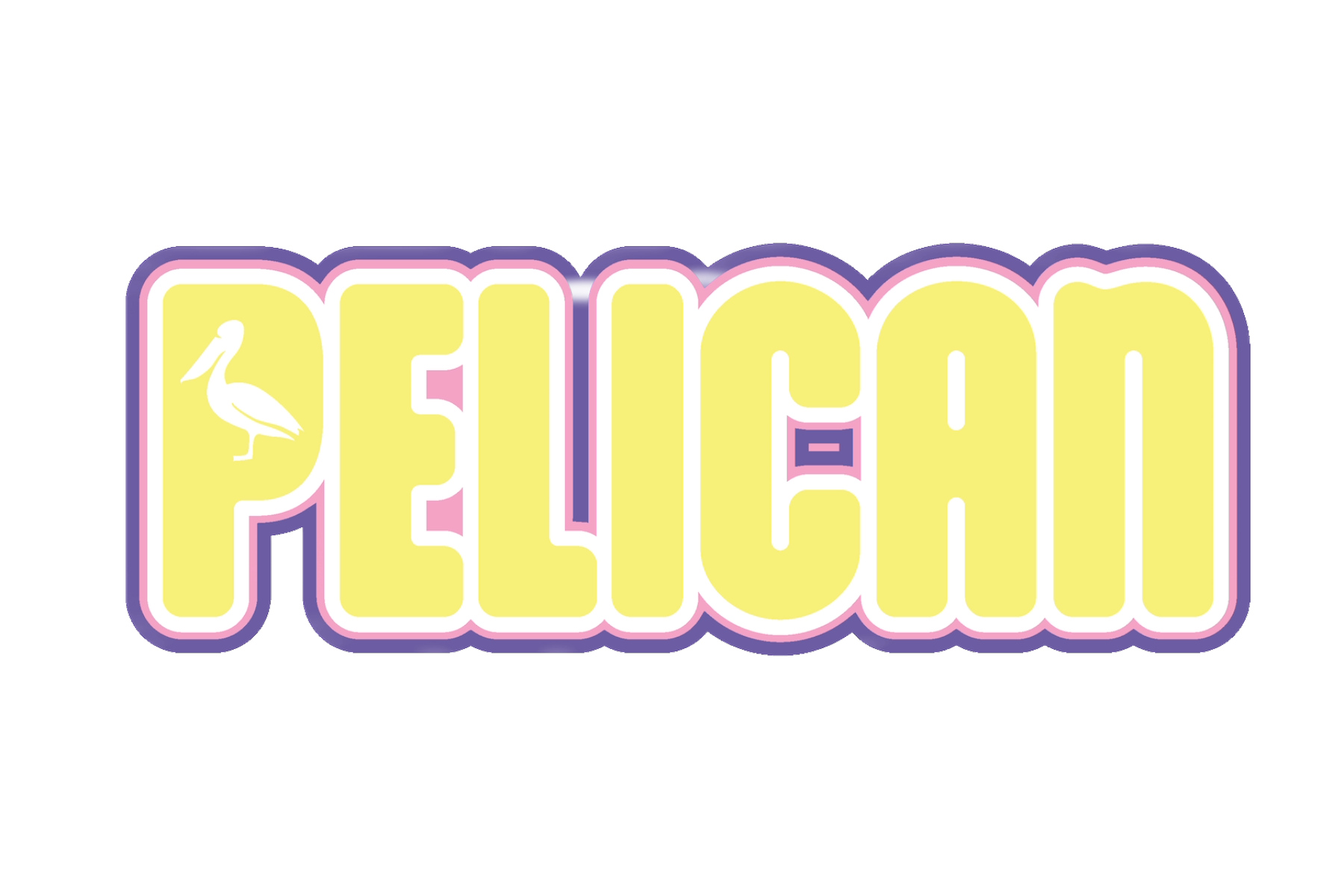When Honi Soit was deciding where to venture next for our Student Media Spotlight we had noticed an imbalance. Of the five Australian student publications we spoke to, four of them were from the East coast. So we reached out to Pelican, hailing from the University of Western Australia.
When you search up Pelican newspaper on Google,one of the top search results is “Pelican Magazine — bringing you the scoop since 1929.”, the same as ours and wondered why On Dit, Honi Soit and Pelican all lay claim to the second oldest newspaper in Australia. Whilst a full deep dive into the interconnected history of student media is still to come, there were questions we still had for Pelican.
Dialling in from the Honi office we were ready to get to know one of the oldest student papers in Australia and their 2024 editors, Abbey Wheeler and Jack Cross. Interestingly, Wheeler and Cross applied for editor positions separately with Cross initially in a joint editorship with another candidate however were eventually paired together. Both editors were consistent contributors to Pelican in the year prior with Wheeler studying Communications and Cross studying Politics, Philosophy, Economics, which has informed both of their editorial ambitions.
Pelican started off as a weekly student newspaper, but as Cross would elaborate, “by who we do not know.” Cross also clarified that even though “Wikipedia [and] Google says 1929” if you go to the archives, “the first edition is recorded for 1930.”
Pelican is funded by the UWA Student Guild, the official representative body and union for students. Union engagement at UWA is impressively high, with Cross and Wheeler telling Honi that 97% of UWA students are members. While this is an impressive feat in and of itself, the Pelican editors shared that it is common for students and editors to be employed by the Guild for its services. Cross revealed that alongside editing Pelican he bartends, and is now an approved manager, at the UWA Tavern — the equivalent of Courtyard here at USyd.
Interestingly, Pelican’s is named after the second most common bird found in WA after the black swan. When questioned on why they weren’t named Black Swan, Cross revealed that another magazine called Black Swan was born the same year as Pelican and “got to it first.” Once an annual speciality arts magazine, Black Swan ceased publication in 1949, but names were already cemented in student media history. For those who don’t know, in the centre of the WA coat of arms is a black swan.
Pelican functions with two main editors, approximately 25 sub-editors and three design leads who work to produce six editions per year. Unlike other publications, the editors rarely contribute to the paper and instead focus on curating, organising the twelve subsections and workshopping thematic direction. These subsections include Campus Affairs, Voice, Politics, Environment, Pop Culture, Film and Production, Economics, Science, Literature, Music and Support with Cross revealing that historically, Campus Affairs was the cornerstone for engagement: “over one third of older papers were of campus issues”. However, the editors noted that editor interests do tend to filter into subsection popularity, with Wheeler noting Pelican has published much more environmental and political content this year — subsections Wheeler and Cross subedited in 2023 respectively.
Interestingly, Cross argues that “unless we see a really radical recalibration of the student community and bodies, I don’t think student journalism is going to reclaim the history it once had.” The editors affirmed that campus affairs draw readers and contributors in, but that recently they have “had no campus affairs, letters or noteworthy student affairs to interact with” despite also acknowledging funding drawbacks: “If we have the sort of funding that you guys do then admittedly we would be doing so much better”.
One reason, the editors say, is due to the digitisation of media and a lack of physical presence on campus. Cross said that Pelican combats this by not publishing many articles on their website, to incentivise students to pick up hard copies to justify printing spending.
Over the years the paper moved from a weekly paper to a periodical publication format — a common shift amongst student media. We probed the editors why, Cross mused that the death of campus culture is contributing to the decline of student journalism. Cross elaborated that “people don’t have the passion for campus culture and Pelican is suffering because of that.”
Overall, Honi’s conversation with Pelican was an interesting change of pace to previous Spotlights. While sharing a desire to engage with their student community in a meaningful way, Pelican were hesitant to place their shortcomings on external factors. Instead they confessed a mission to cultivate student community as crucial to ever have a chance at combating the turbulence of student media.





